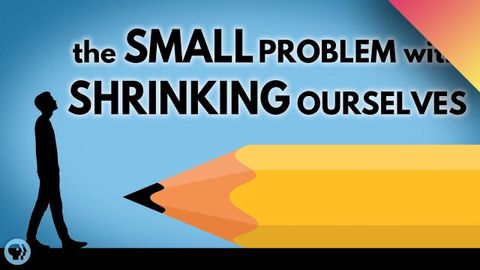縮小人生現實版?!人縮小後真的有辦法生存嗎?! (Could You REALLY Survive Being Shrunk?!)
 沒有此條件下的單字
沒有此條件下的單字US /ˈkɑnʃəs/
・
UK /ˈkɒnʃəs/
- adj.意識到;注意到;故意的;有意的;過於擔心的;過於顧慮的
US /əˈprəʊtʃ/
・
UK /ə'prəʊtʃ/
- v.t./i.逼近;找...商量
- n. (c./u.)通道;入口;接洽;處理方式;方法
- v.i.是重要的
- n. (u.)物質
- n.件事情;問題;原因
US /ɪkˈspɛrəmənt/
・
UK /ɪk'sperɪmənt/
- n. (c./u.)實驗;嘗試
- v.t./i.進行實驗;進行試驗
